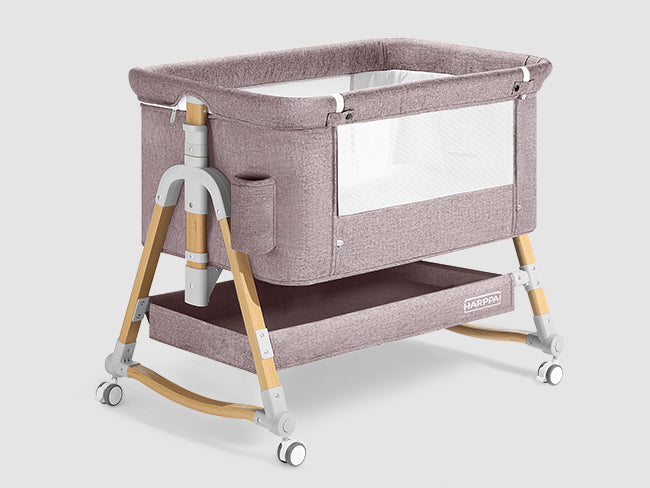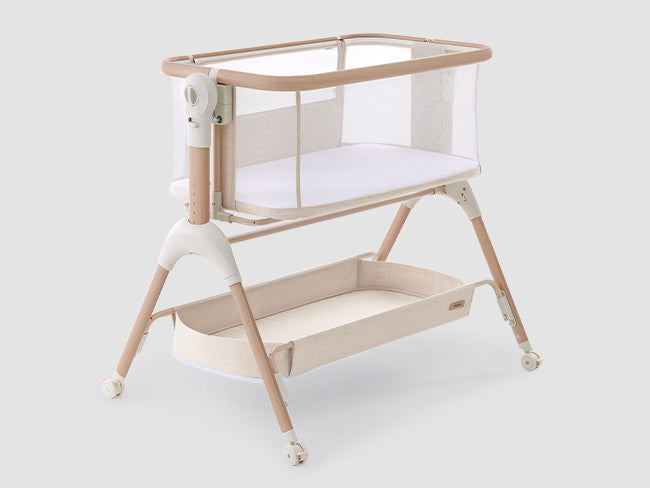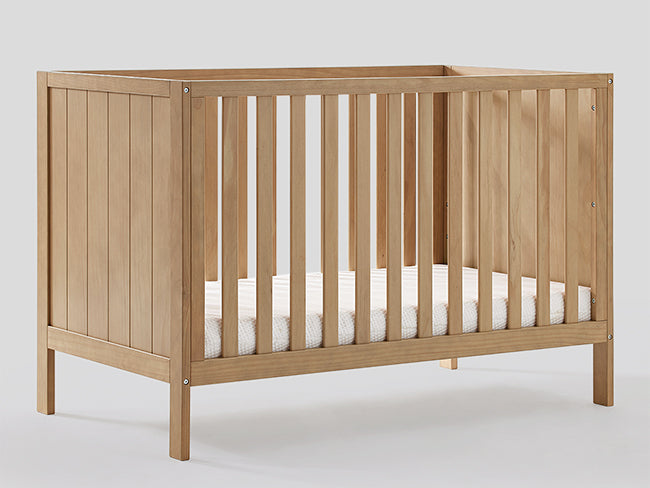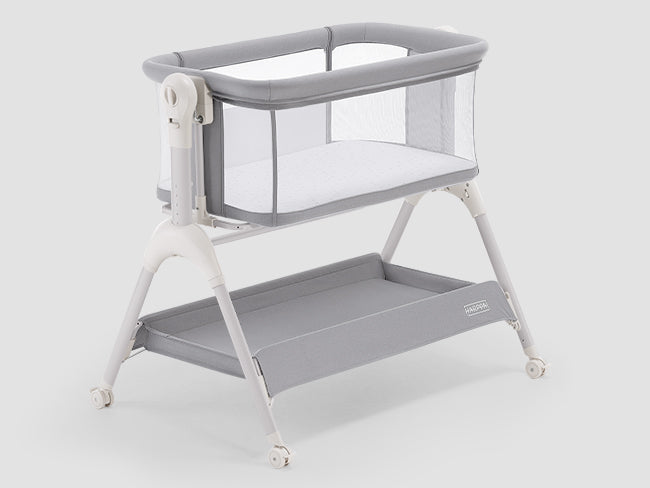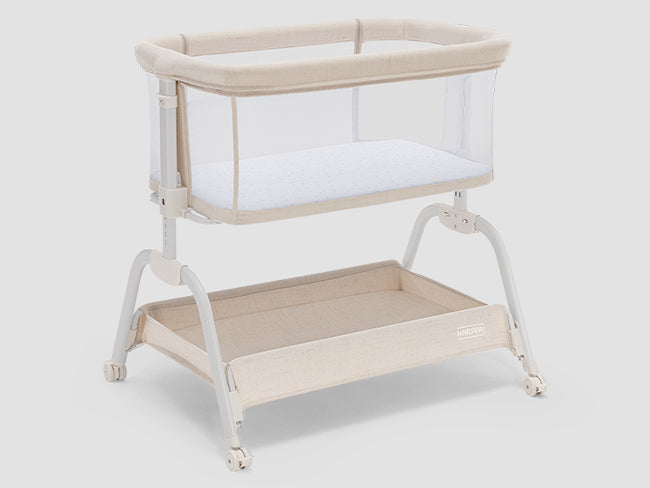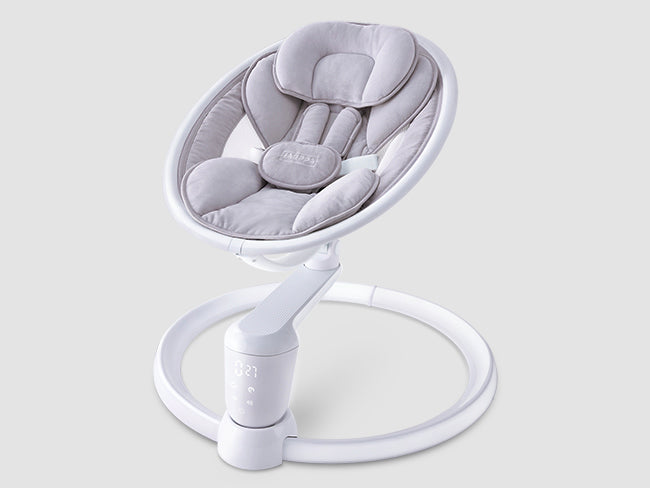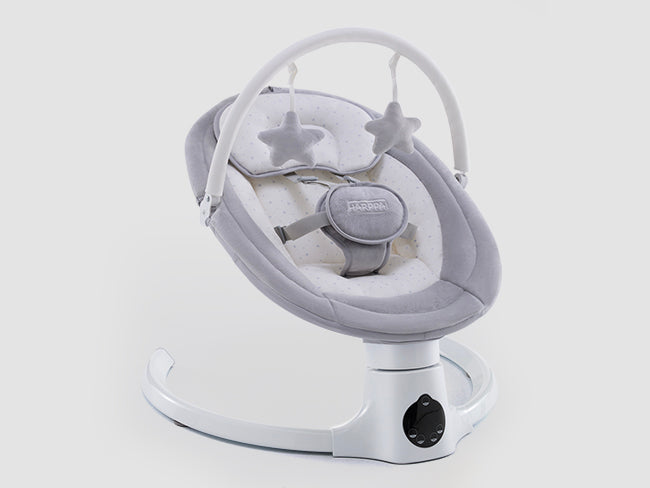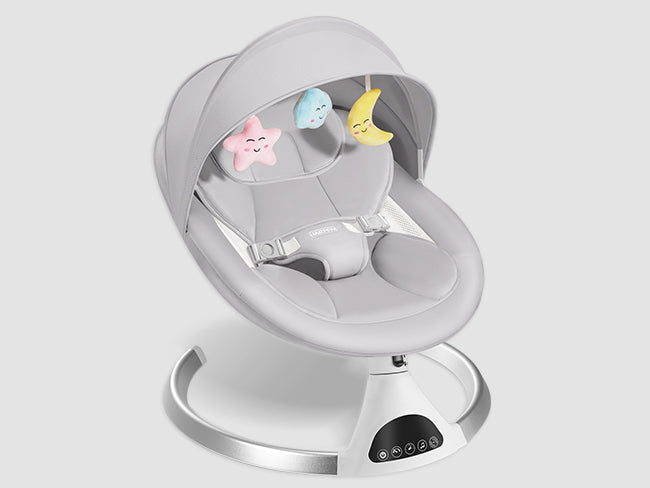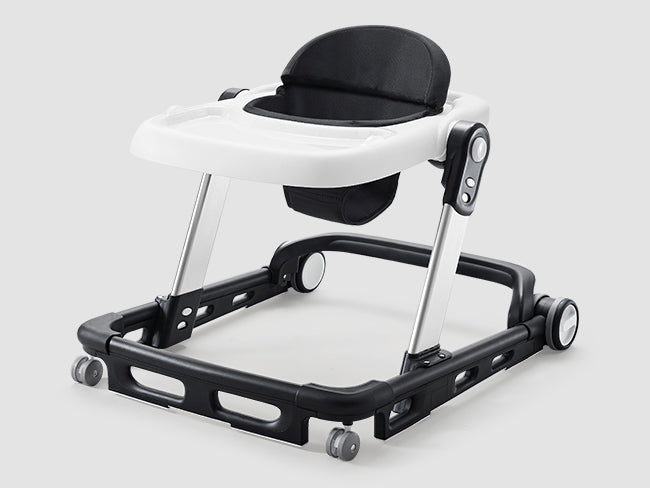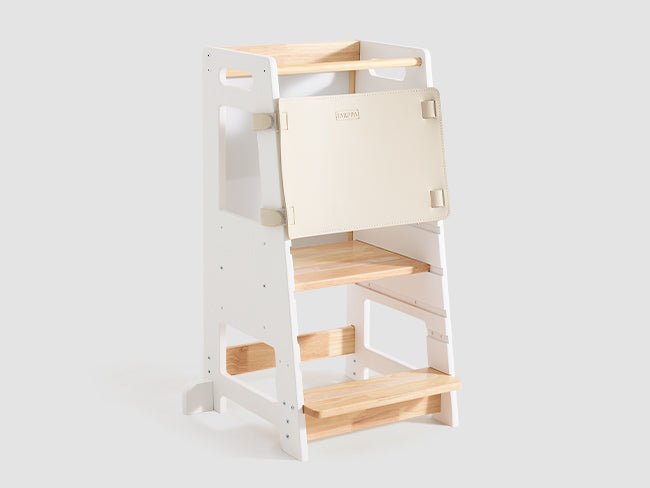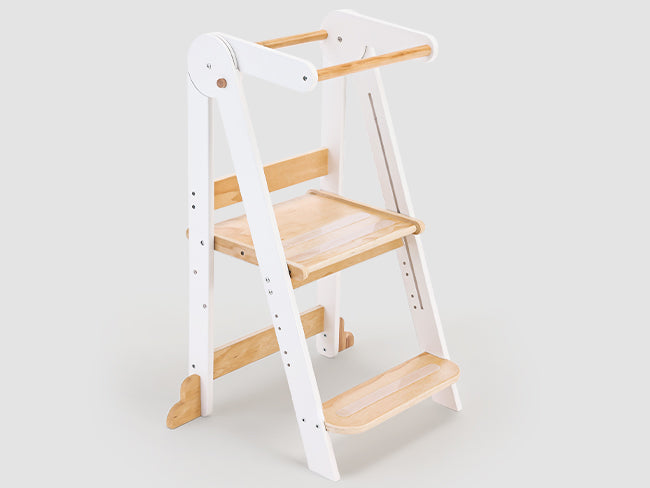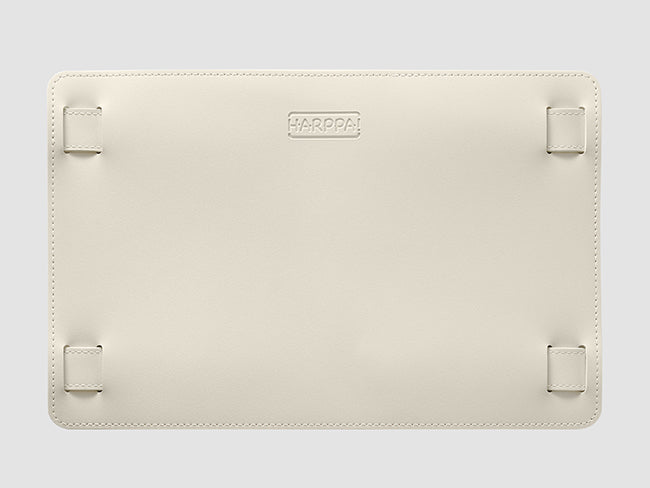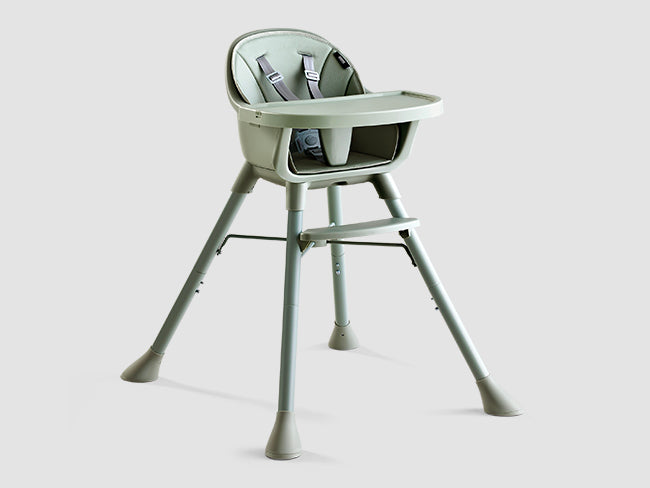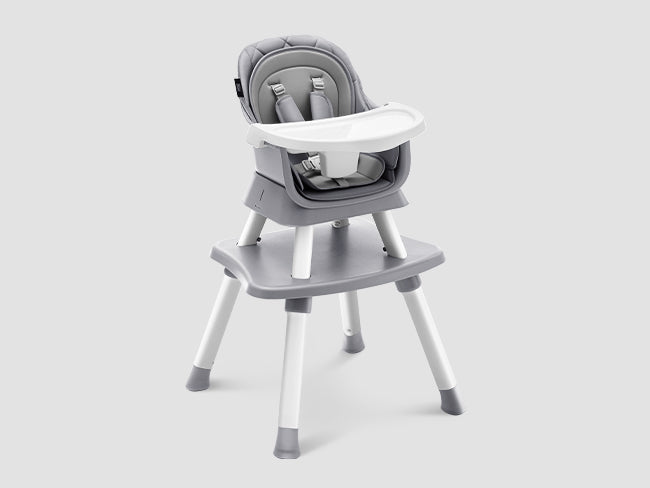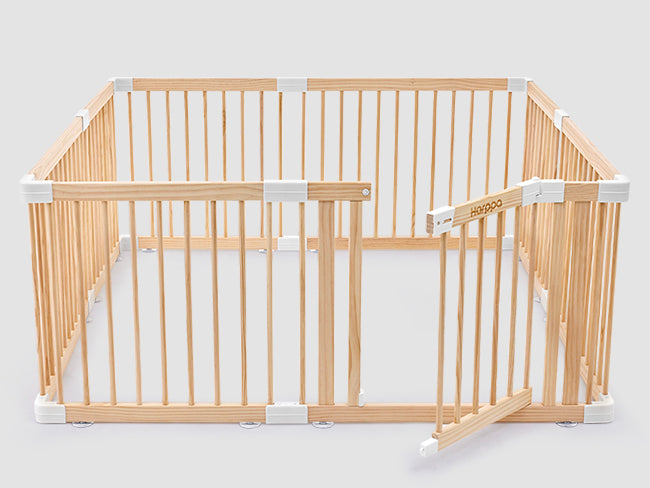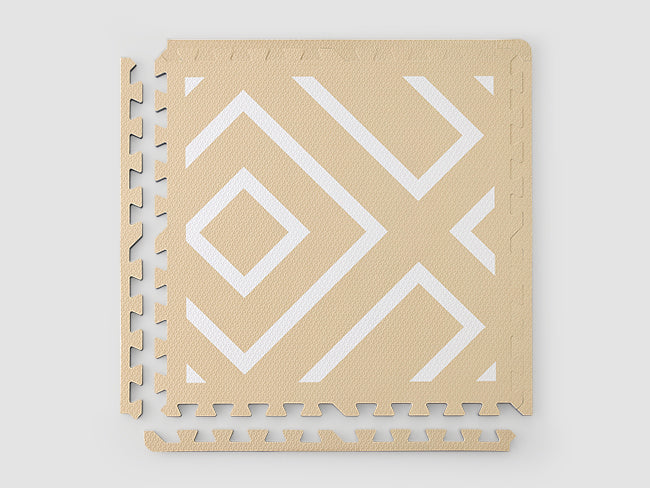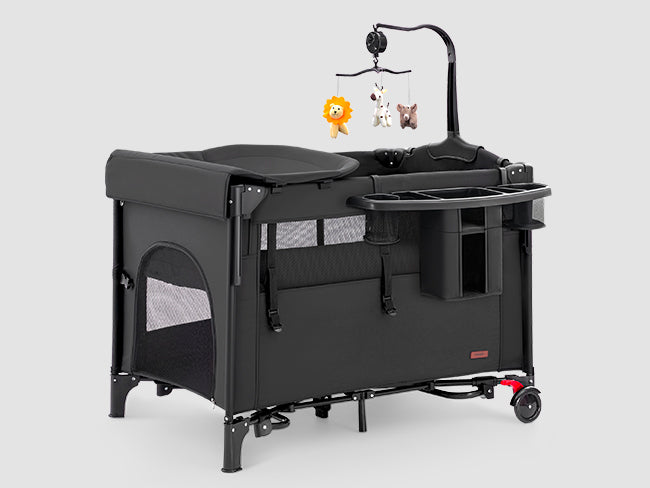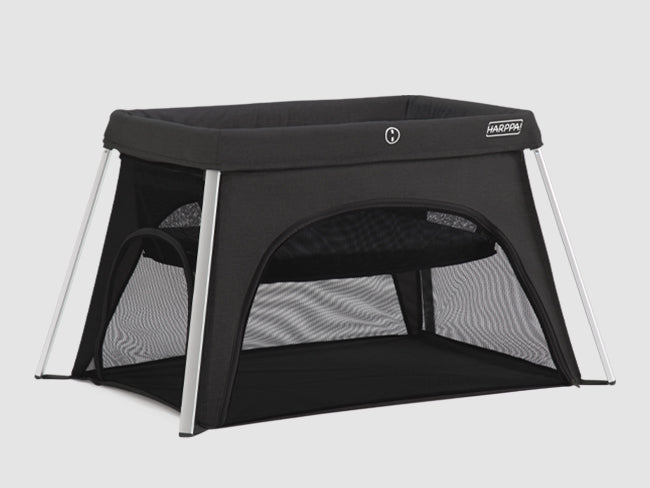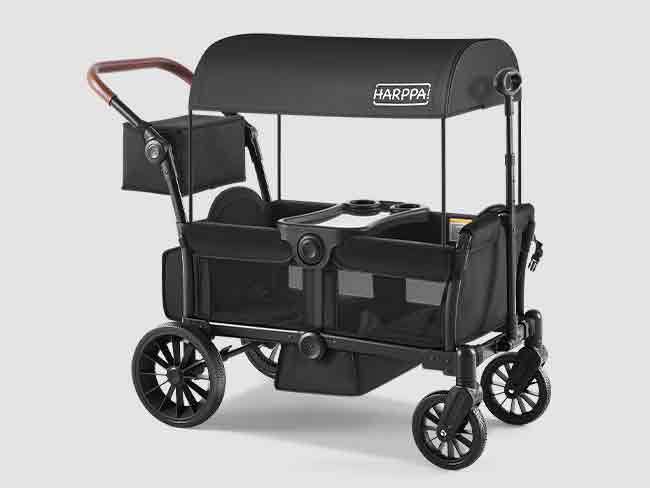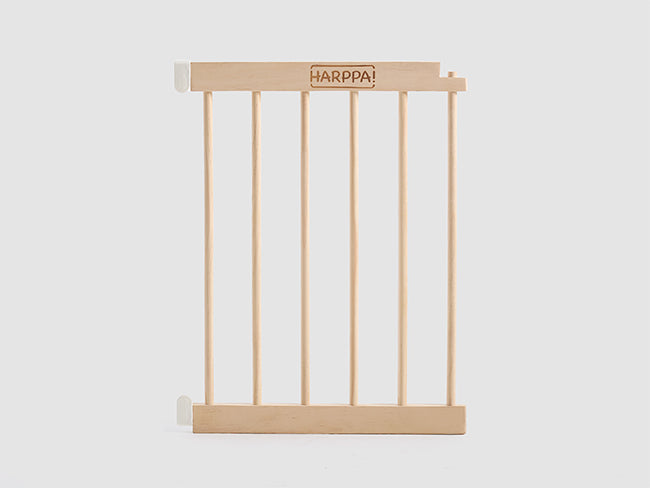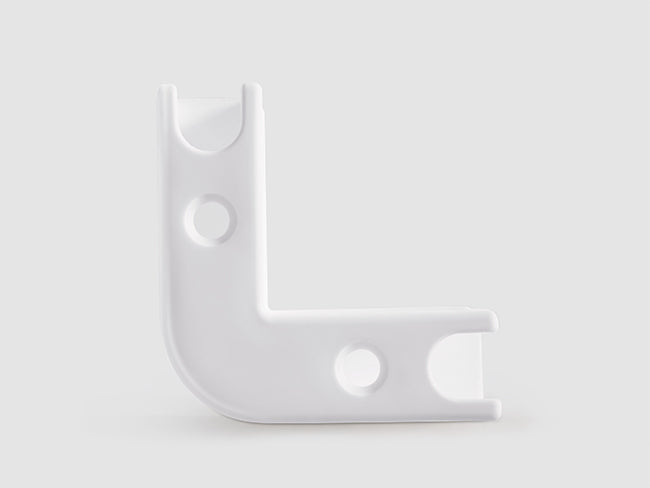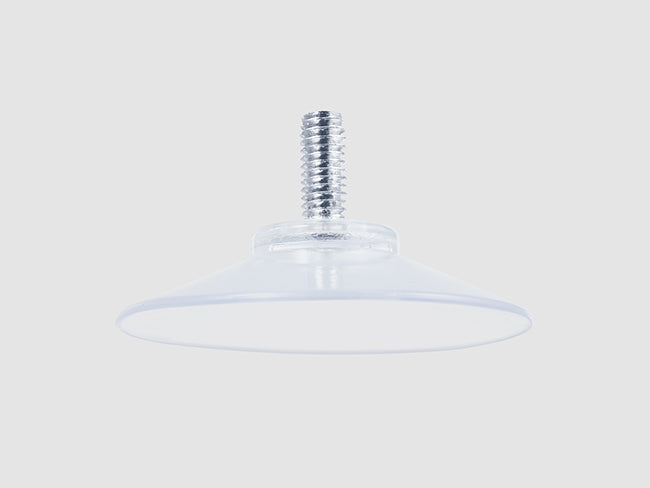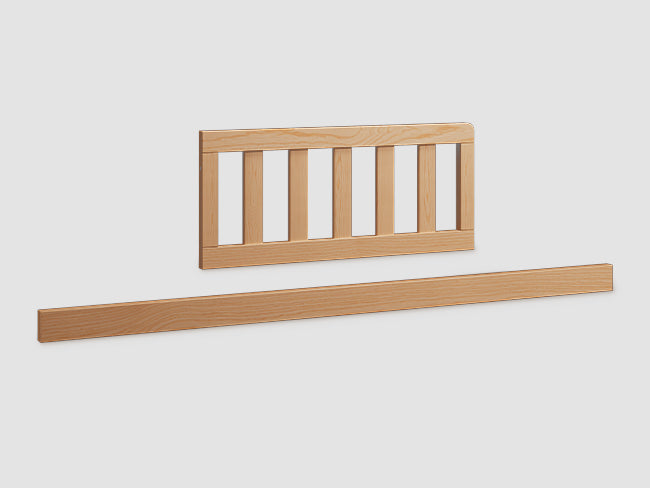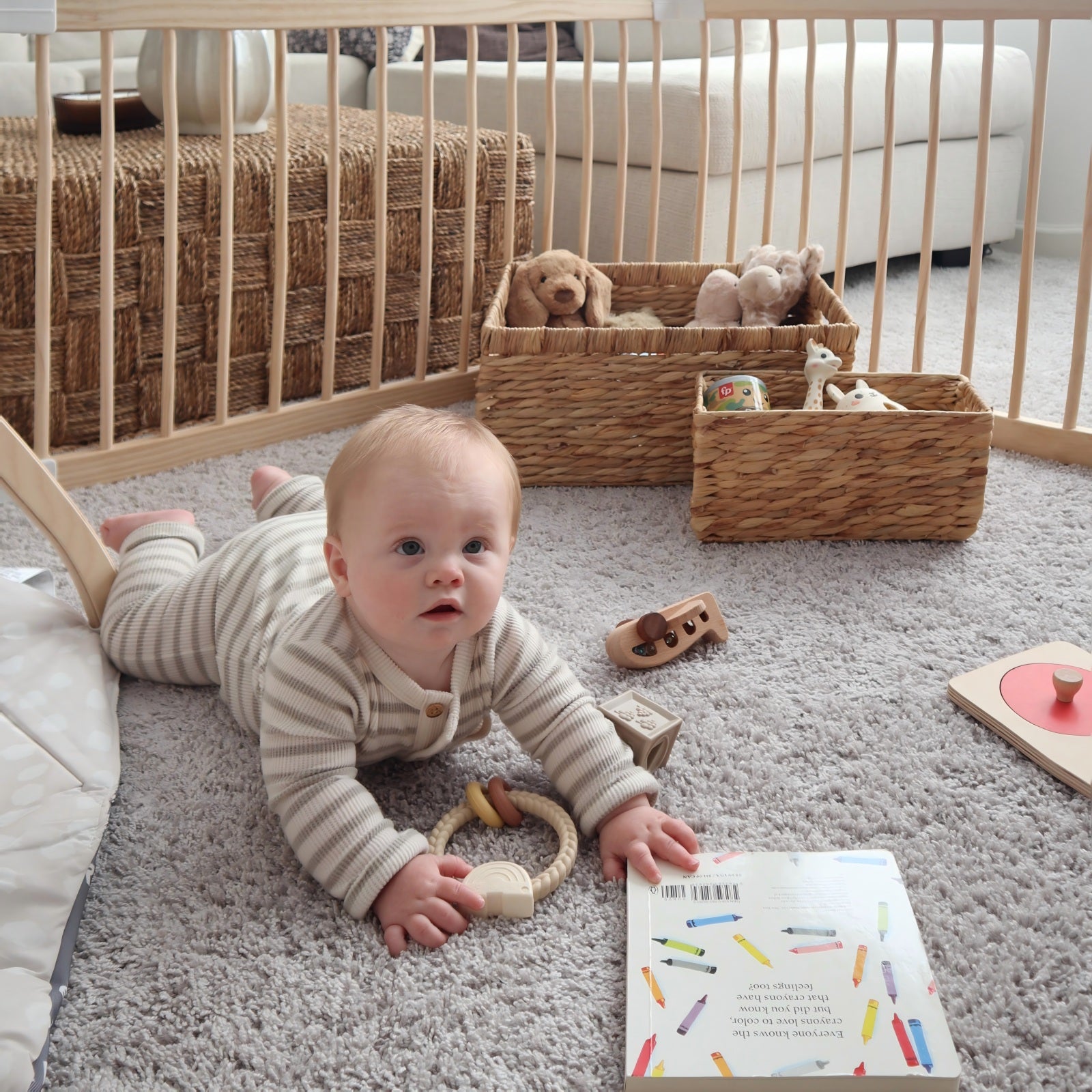Independent eating is an important milestone for babies. It’s not just about nutrition—it’s about building confidence, improving motor skills, and giving parents a little more breathing space during mealtime. With the right tools and patience, you can turn mealtime into a positive learning experience.
Step 1: When to Start
Most babies are ready to begin independent eating around 6 months old, when they can sit upright with support. This is also the perfect stage to introduce them to solid foods through baby-led weaning (BLW) or spoon-feeding with assistance.
Step 2: Choose Safe and Baby-Friendly Utensils
Babies need safe, age-appropriate utensils to practice eating. Look for:
-
Silicone spoons and forks that are soft on gums.
-
Easy-to-grip handles designed for tiny hands.
-
Non-slip plates or bowls to reduce spills.
At Harppa, we designed our 6-in-1 High Chair with a safety-certified tray that’s perfectly sized for first meals. The tray is easy to clean and secure, making it a safe foundation for your baby’s independent eating journey.
Step 3: Food Preparation Tips
The way you prepare food can make or break your baby’s eating experience:
-
Cut fruits and veggies into small, soft chunks.
-
Avoid choking hazards like whole grapes or nuts.
-
If practicing BLW, offer finger foods that are easy to grasp, like steamed carrot sticks.
Step 4: Parents as Guides, Not Doers
It’s tempting to step in when mealtime gets messy. But the best way to encourage independence is to guide, not feed for them. Offer encouragement, demonstrate how to use the spoon, and let them try—even if it means spills.
Step 5: Handling Common Challenges
-
Messiness: Place a mat under the high chair for easy cleanup.
-
Picky eating: Keep introducing a variety of foods without pressure.
-
Dropping food: It’s part of the learning process; stay patient.
Conclusion
Independent eating is more than just a skill—it’s a confidence booster that sets the stage for lifelong healthy habits. With safe tools like the Harppa High Chair with Safety Tray, you can create a supportive environment where your baby learns and grows every mealtime.

